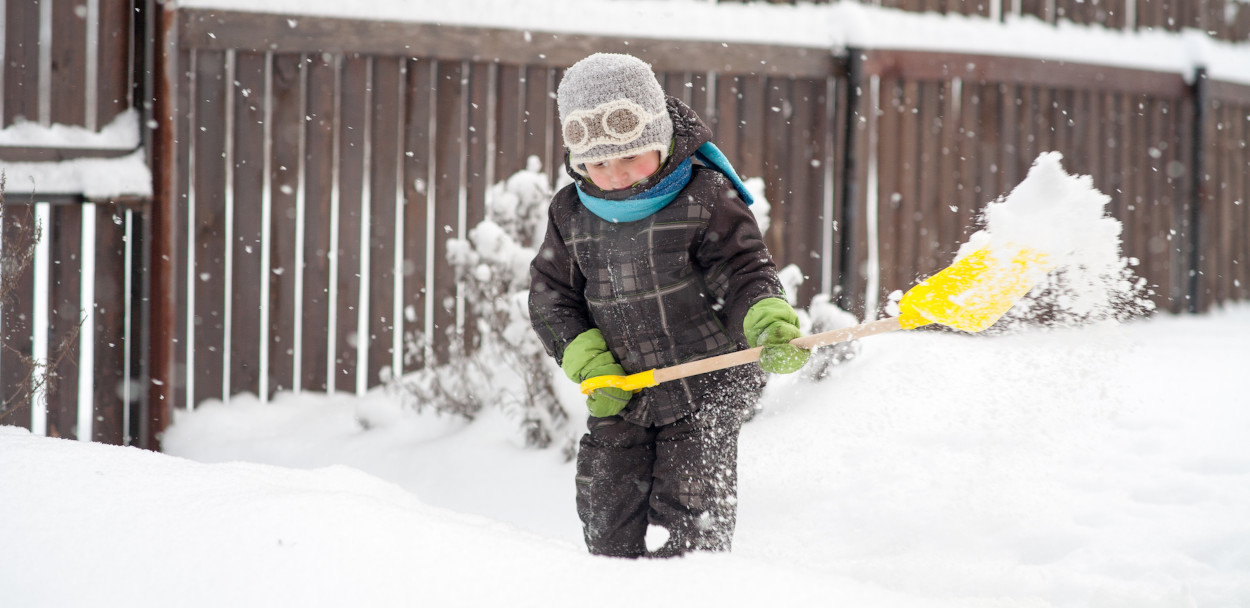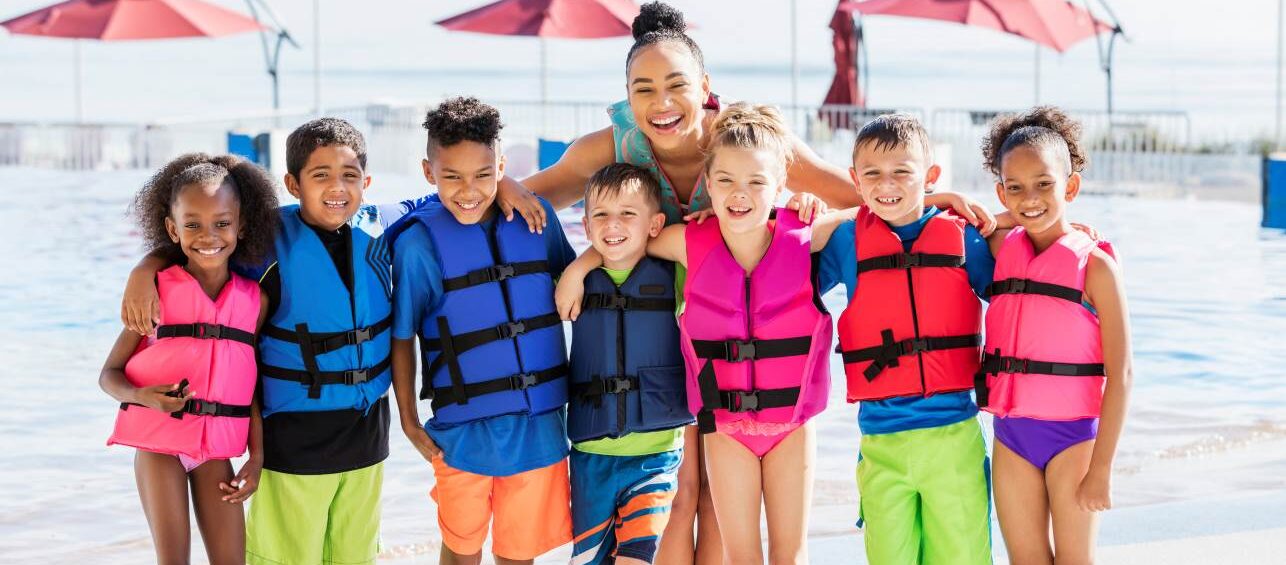Fireworks are a fantastic sight, and a part of many families’ summer celebrations. But the reality is that they are also involved in a significant number of injuries to children each year.
According to the U.S. Consumer Product Safety Commission, in the month around the July 4th holiday, 180 people on average go to the emergency room every day with fireworks-related injuries.
Even sparklers, which may seem child friendly, are actually quite dangerous—the tip of a sparkler can reach temperatures of 2,000 degrees Fahrenheit, which is high enough to produce a third-degree burn (and even melt gold!). Glow sticks are a much safer option.
The safest way to enjoy fireworks is to watch the outdoor displays put on by professionals. If you plan to set off at-home fireworks this year, please take the following precautions.
Fireworks Safety Tips
General Safety
- Don’t allow children to play with or light fireworks—even sparklers.
- Buy from reliable sellers only.
- Don’t experiment or make your own fireworks.
- Contact your local police department to determine if fireworks are legal in your neighborhood.
- Don’t buy fireworks in brown paper; this could indicate they’re for professionals.
- Don’t carry fireworks in your pocket; the friction could set them off.
- Keep water handy (garden hose and bucket) in case of malfunction or a fire.
During Setup
- Make all preparations outside.
- Make sure bystanders are out of range before lighting.
- Read all warnings and instructions.
- Wear eye protection.
- Light fireworks on a smooth, flat surface away from the house.
- Light fireworks away from anything that can catch fire, like leaves and grass.
- Use match sticks to light them (not lighters or cigarettes).
- Don’t place your body over the fireworks when lighting, and move out of the way immediately after lighting.
- Don’t light in a glass or metal container.
- Don’t throw or point fireworks at other people, animals or buildings.
For Disposal
- Wait 15-20 minutes, soak used fireworks in water, then throw in a trashcan.
- Never relight dud fireworks that have not fully functioned.
- Do not allow children to pick up fireworks afterwards; they may still be active.
IF AN INJURY DOES HAPPEN
Following the above safety precautions can help prevent injuries to the person lighting the fireworks and any bystanders. If an accident does happen that involves a burn, use the instructions below for treating minor burns. For severe burns and injuries that involve the eyes, head, limbs, or smoke inhalation, seek professional medical attention right away.
How to treat minor burns at home
- Remove all clothing that is burned to prevent further damage to the skin.
- Soak a towel in cool water and apply directly to the affected area (or soak the skin in cool water).
- Avoid ice; it can damage the skin further.
- Open large blisters and take the dead skin off of the top if you can in order to prevent infection. This is also called “unroofing” a blister.
- Clean the wound with soap and water.
- Apply moisturizer to superficial burns.
- Apply triple antibiotic ointment for burns with blisters or deeper, followed by non-adhesive sterile dressing or bandage.
- Control pain with ibuprofen or acetaminophen.






